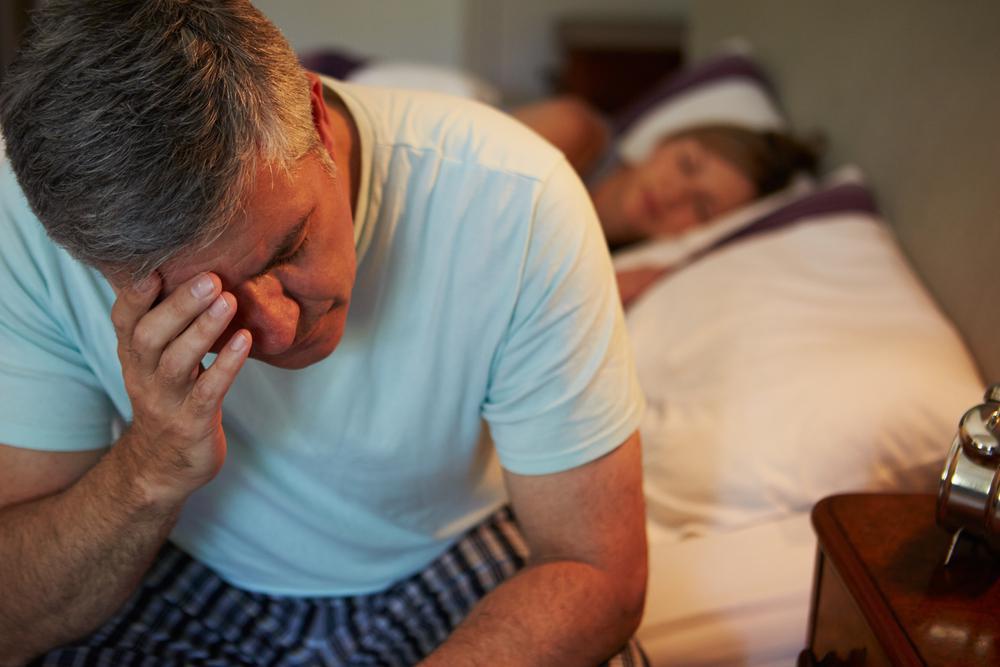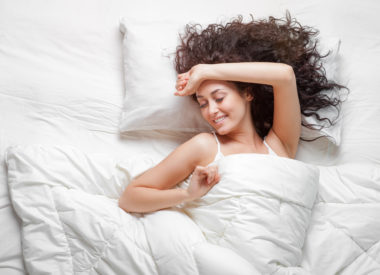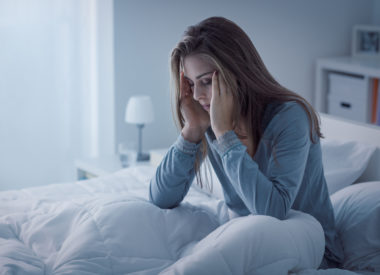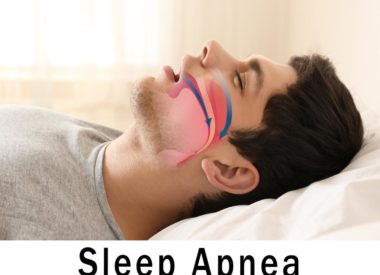Why Should You Know About Periodic Limb Movement Disorder?
Many people recognize that insomnia and sleep apnea are common sleep disorders.
However, there’s a class of sleep disorders that is fairly common, and yet many people don’t know about it.
Movement disorders of sleep affect people of all ages, but nearly a third of all people over the age of 60most of them women will experience its most common form:Periodic Limb Movement Disorder (PLMD).
PLMD frequently presents as a symptom of restless leg syndrome (RLS), another movement disorder which occurs during wakefulness, but which frequently disrupts sleep onset. Eight out of ten people with RLS are also found to have PLMD, though having PLMD is not a strong indicator of the presence of RLS.
Why is a movement disorder like PLMD so problematic?
What is Periodic Limb Movement Disorder?
PLMD is still somewhat of a mystery for sleep researchers, who cannot nail down its exact cause. Someone with PLMD experiences periodic, involuntary movements of the limbs (mostly the legs) over the course of their sleeping period.
Bed partners who witness these movements describe them as twitches, spasms, or flexing that occur in the legs and feet (or sometimes the arms and hands).
The repetitive nature of these movements distinguishes them. The duration of a movement may take place between one and five seconds, then repeat in intervals of between five and 90 seconds.
These movements can only take place in nonREM sleep; the body, during REM sleep, undergoes a form of temporary paralysis known as atonia which prevents the muscles from receiving signals from the brain during this stage in the sleep cycle.
Periodic limb movements in sleep (PLMs) come and go in clusters throughout the night, otherwise, with symptom severity that is variable from one night to the next.
Why is PLMD a problem?
Symptoms and signs of an undiagnosed case of PLMD can include complaints of insomnia, excessive daytime sleepiness (EDS), and RLS.
People normally experience some leg movements over the course of the night. However, frequent patterns of movement may lead to disrupted sleep.
This is not to say that someone experiencing PLMs will wakeup all night because their legs are moving (although many certainly do).
Many sleep right through their PLMs and don’t seem to suffer for it. For others, though, the movements can be severe enough to lift the sleeper out of deeper stages and into lighter stages of slumber, causing disruptions that lead to sleep fragmentation. This can lead to significant negative impacts on daily living.
When your sleep architecture is disrupted, excessive daytime sleepiness results, which leads to sleep deprivation, the root cause of many other health and safety issues, as well as unresolved sleep debt.
Is PLMD associated with other sleep disorders or health problems?
Maybe. Research shows that people who experience the health concerns listed below may also have a case of PLMD:
-
Narcolepsy
-
Obstructive sleep apnea(OSA)
-
REM behavior disorder (RBD)
-
Sleep-related eating disorder (SRED) (or “sleep eating”)
-
Parkinson’s disease
-
Kidney disease
-
Diabetes
-
Multiple system atrophy (MSA)
-
Multiple sclerosis (MS)
-
Pregnancy
-
Spinal cord injury
-
Anemia
-
Drug dependency
-
Antidepressant withdrawal
It seems likely that neurochemical imbalance plays a key role in co-conditions. For instance, the use of hypnotic medications and even the intake of caffeine or alcohol can worsen PLMD.
Other kinds of movement disorders of sleep
Less frequently, people are diagnosed with these other related disorders:
-
Nocturnal leg cramping. Most commonly experienced are “charley horse”-style spasms in the calves and feet, with pain so acute it can wake someone from heavy sleep.
-
Rhythmic sleep movements: These occur more often in children. They include usually harmless movements like body rocking, head banging or head rolling, which could simply be forms of self soothing.
PLMD is another sleep disorder like sleep apnea which may go undiagnosed because people don’t know they have it. It often means a person with PLMD may have to rely on the observations of a bed partner (or a nurse during a hospital stay) who’s witnessed the movements to know they might have it.
Don’t ignore these observations; in the case of your bed partner, your movements may be disruptive enough to have a negative affect on their sleep as well. The best way to identify PLMD is to consult a sleep specialist, who may ask to perform overnight polysomnography to identify and treat your problem.
Sources:
American Academy of Sleep Medicine
Cleveland Clinic
Harvard Healthy Sleep
National Sleep Foundation
Ohio Sleep Medicine Institute



